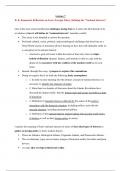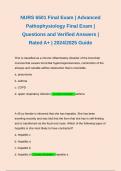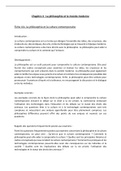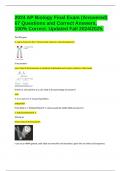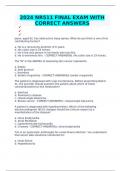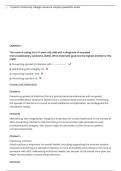Summary
Summary Detailed summaries for the end term exam of "Iran's encounters with the West: revolution and its aftermath".
- Course
- Institution
In-depth summaries of all the readings (excluding the last lecture's readings on Iranian cinema) and detailed lecture notes.
[Show more]
